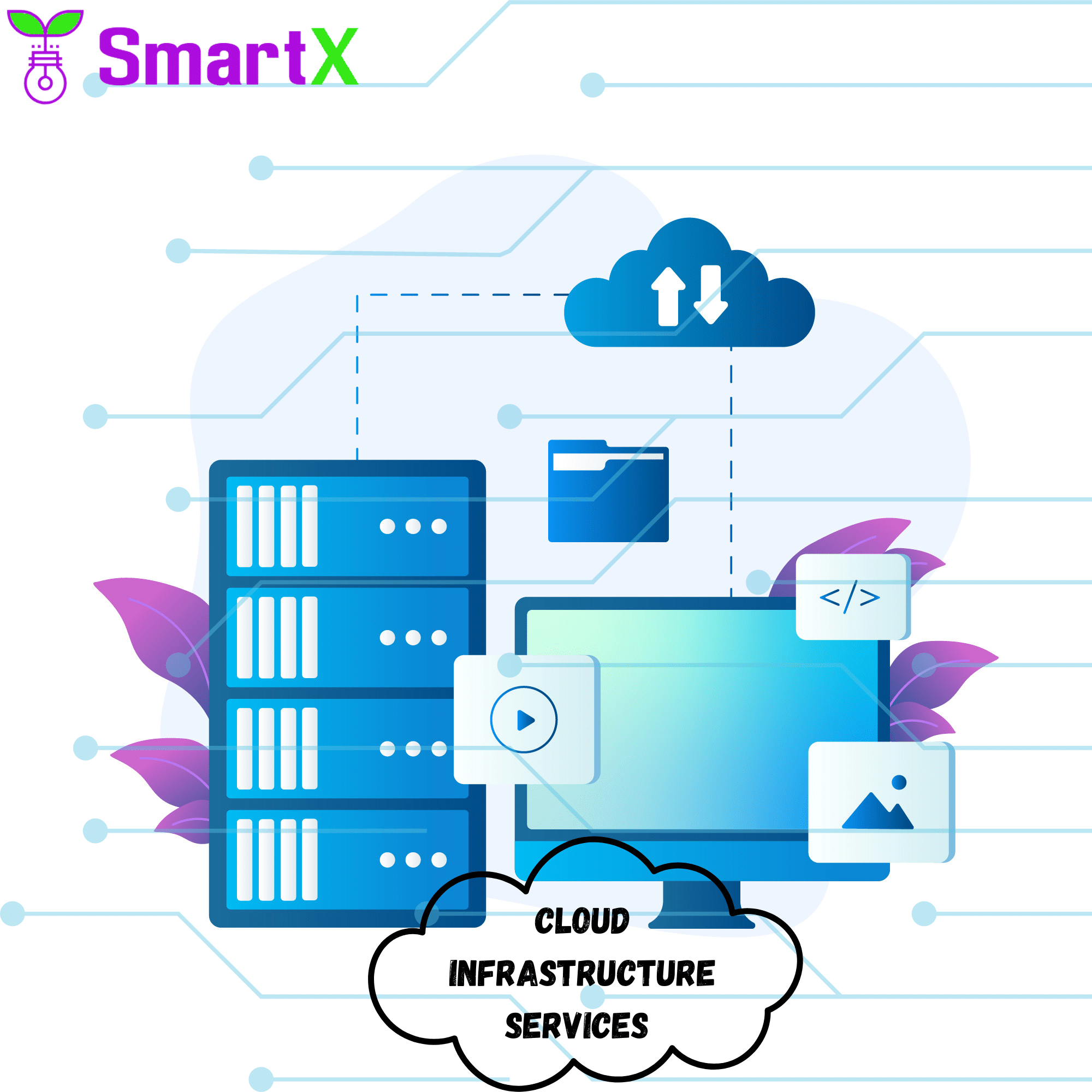Technology Strategy for Startups
Startups are always on the lookout for new ways to improve their operations, and with good reason. Constant technology innovation can help startups slash costs, increase efficiency, and find new markets. In this article, we’ll look at some of the critical aspects that startups should consider when it comes to their technology strategy.
What is a Technology Strategy?
A technology strategy is an overall approach and plan that aligns with your business strategy and supports bringing the business goals to life. A good technology strategy should help your startup stay ahead of the curve and remain competitive in the market. A technology strategy should include:
- A summary view of the business objectives
- Business capabilities required for meeting these objectives
- The technology capabilities needed for achieving these business capabilities
- The Key Performance Indicators to measure the technological capabilities
- Reporting, Reviewing, and Revising the functioning of IT with respect to the KPIs
A summary view of the business objectives
The starting point of the Technology Strategy is the Business Strategy. Unless the Business Strategy is clearly articulated completely with outcome, objectives, and goals technology cannot really help much. So, putting together the business strategy is a mandatory step. However, the technology leadership can always be part of the discussion which leads to the creation of the business strategy. Technology leaders should bring awareness of the current technological landscape in which the startup will operate. They should support the business leaders with informed decision-making around costs, efficiencies and timelines with regard to the technologies in question.
In the case of startups, objectives tend to get oversimplified to “make a great product that customers will love”. But unfortunately, it does not really work well. The entrepreneurs have to break it down. What constitutes a “great product”? (Product Leadership). Why will customers love this? (Customer loyalty). It would be a great idea to break these down and get specific answers.
Business capabilities required for meeting these objectives
Once the business objectives are articulated, the leaders would analyze what business capabilities are necessary to meet those objectives. Business capabilities constitute a very broad spectrum of skills, abilities, capacity etc. So, capabilities require to be broken down further into actionable, targets, goals, and objectives for the various departments or functions that form part of the business. Now, technology is one of the underlying aspects for all the departments and functions. Alongside human resources, administrative functions, governance, and finance, technology has to be viewed as one of the key enablers. So, the capability of every department now will have a specific ask from the technology team. This naturally progresses to the next step.
For most startups, all the departments and functions are rolled up into the skills and capabilities of a small team. However, it does not absolve them of identifying and articulating what all needs to be done during those critical initial months. These elements form the most basic essentials of the departments that eventually will be set up once the company starts taking shape. So, please do yourself a favor and plan the big picture with as much detail as possible.
The technology capabilities needed for achieving these business capabilities
The technological capabilities of the organization are planned and built with a view to supporting the capabilities of the different departments and functions. The technological initiatives have to meet the requirements of the departments and functions. The initiatives include a selection of business process automation software, appropriate infrastructure, buy or build decisions, project management, procurement as well as maintenance of what is present. This is a vast area in itself.
Yes, you are right in thinking that in the case of startups, it is not all this complicated. But the trick is really knowing when to start having IT infrastructure and business software. Entrepreneurs are usually fully focused on getting that dream product up and running. They may or may not have a supporting team who is thinking of all the other departments. Even if other departments are taking shape gradually, automation is not thought of till many times it is very late. This vision and foresight from the basis of well-grounded growth plans.
The Key Performance Indicators to measure the functioning of IT
There are excellent resources that can help you find many KPIs for your IT function. You have to choose from them very carefully. Always keep your specific context in focus. Pick only what makes sense to your business. It would be wise to have an experienced IT Operations person on your team. Developers or Infrastructure engineers need not know the IT operations side of the business. Governance of IT should be thought about very early in your journey. Information security is usually overlooked for a long time in the journey of startups.
Reporting, Reviewing, and Revising the functioning of IT with respect to the KPIs
Once you have finalized your KPIs, be earnest in recording and tracking your own performance. You can start with simple Excel files. But if you think some of the tools out there can help you, take an informed and calculated decision to buy. The cost of “taking it easy” is always higher than the cost of productivity and management tools.
A rigorous review of your team’s technology work and output will go a long way in optimizing how your business-as-usual pans out day after day. It will pay you rich dividends once your business starts growing.
Why Is It Important to Have a Technology Strategy?
Technology is key to the success of any business- whether it’s a startup or an established company. Your business could quickly fall behind the competition without a robust technology strategy. Here are some reasons why having a technology strategy is essential:
First and foremost, technology is essential for online communication and marketing. If you can’t keep up with the latest trends and technologies, your customers will quickly find someone who can.
Second, your technology needs to be reliable and up-to-date to stay competitive. If your software isn’t up to par, you may find yourself at a disadvantage in customer service or product reliability.
Finally, having a good technology strategy can help you attract new customers and keep your existing ones happy. By being at the forefront of new technologies, you can keep your customer base engaged and excited about what you have to offer.
Conclusion
With the ever-changing technology landscape, startups must stay ahead of the curve and develop a technology strategy that aligns with their business goals. This type of planning can help startups remain competitive in an increasingly crowded marketplace and ensure that they maximize their current resources’ potential. By thinking about how technology could benefit your business, you will be well on your way to success.
Startups are always on the lookout for new ways to improve their operations, and with good reason. Constant technology innovation can help startups slash costs, increase efficiency, and find new markets. In this article, we’ll look at some of the critical aspects that startups should consider when it comes to their technology strategy.















